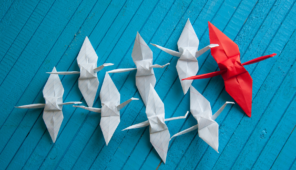The Healing Art of Medicine – a doctor’s reflection
Art appreciation is an underrated skill in medical training but are there hidden benefits?
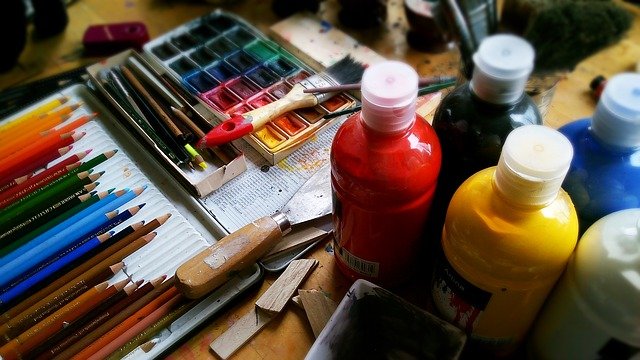
“Wherever the art of medicine is loved, there is also a love of humanity”
Hippocrates
When I think of a vocation in medicine, art as a humanities subject is not the first thing that springs to mind. Medicine sounds stereotypically scientific to me. In fact, art is often perceived as a separate entity to the sciences – possibly on the opposite end of the academic spectrum.
But glancing back into history, it is clear to see the scientific links to art. As a matter of fact, Leonardo da Vinci documented the anatomy of the human body!
Furthermore, prior to an understanding of human biology, compassion towards the patient, was considered an art form in itself.
But does the art of medicine have a place in current practice and if so, can it be a source of “healing” to both the doctor and the patient?
What are the humanities?
The humanities are a vast discipline. They encompass the study of human beings and their cultures. Humanity subjects include: art, literature, languages, history, religion and much more.
Hippocrates and the art of medicine
We’ve all heard of the Hippocratic Oath. But who was Hippocrates and why is he so important to the medical profession?
In short, Hippocrates was an ancient Greek physician, who transformed the practice of medicine. He created an ethos and code of conduct, which formed the basic principles of good medical practice.
Medical treatments, pre-dating Hippocrates, relied on religious superstition. Disease was seen as a curse from God, rather than as a result of natural events.

Nonetheless, Hippocrates was an advocate for patient-centred care. Therapeutic treatments were hinged upon compassion, whilst allowing time to heal. He understood the morals of excellent hygiene as a vehicle for a full recovery. Undoubtedly, these concepts are still relevant today.
Hippocrates also had a high regard for the doctor-patient relationship. Kindness and a good bedside manner in times of distress, was a service to humanity. As a matter of fact, it was a requirement for the restoration of health after illness.
In this way, Hippocrates perfected the “healing” art of medicine.
Leonardo shaping the scientific world through art…
Leonardo da Vinci is a well-known Renaissance artist. He created the famous painting called “The Last Supper”. This masterpiece portrays Jesus Christ’s final meal with his disciples, in the lead up to his crucifixion.
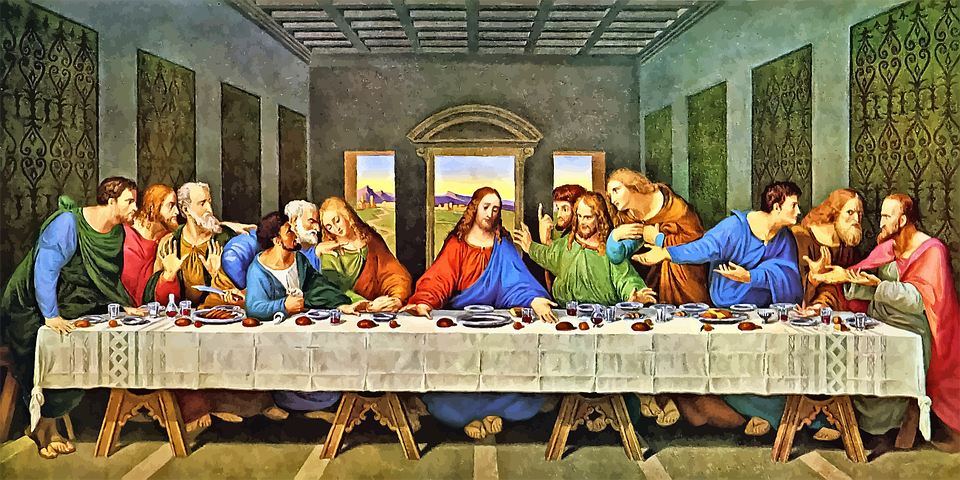
But Leonardo da Vinci’s artistic skills were also used in other fields. He produced drawings and sculptures in relation to engineering, architecture, science and mathematics too!
Anatomy and art
A Veronese anatomist called Marcantonio della Torre (1481-1511) appointed Leonardo da Vinci to draw dissected parts of the human body. Despite the premature death of the anatomist, Leonardo da Vinci continued to perform the planned dissections himself. He translated his findings into detailed, annotated and accurate drawings.
Illustrative images of the human body form the foundation of our medical training. Artists such as Leonardo da Vinci triggered the process of collating these drawings.
Artistic input has been crucial to the knowledge we have been able to obtain. Before this, medical practitioners had a limited understanding of the location of human organs in connection to disease presentation.
Leonardo da Vinci possessed an understanding of the mechanics of human proportions. He believed the human body was an example of the universe, beyond just a physical being – a life form with an array of capabilities; a perfectly formed piece of art.
Art of medicine throughout history

We can develop an understanding of the art of medicine through the study of art itself. It is important to know where we have come from, in order to know where we are heading in life.
Insight into art history in relation to medicine can provide an in-depth awareness of the knowledge and advances of the past. In fact, if we look closely enough, many of our current medical doctrines have historical roots.
The Wellcome Library showcases some paintings that demonstrate historical treatments people may have received at the time.
Are you using the right side of your brain?
Did you know that most people only use half of their brain for the majority of the time? I know that sounds odd but hear me out…
The left and right halves of the brain serve different functions. Some individuals use one side of their brain more than the other side; depending on how they think or process information.
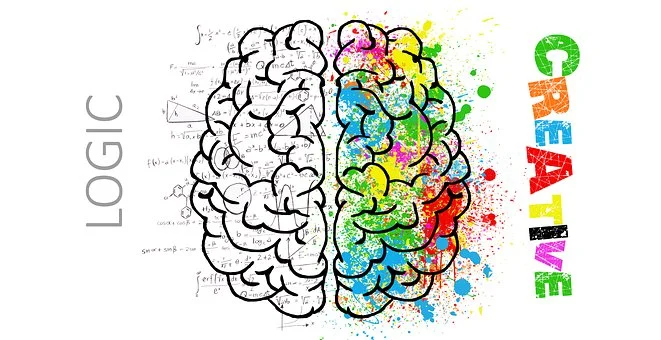
Scientific, logical and analytical calculations predominately involve the left brain. If an evidence-based approach is required, most doctors would favour using their left brain.
On the other hand, right brain thinkers tend to be artistic and creative individuals. They are more likely to visually assess events.
So why does this matter?
An exceptional number of clinicians have information overload. They are under constant pressure to meet demands in a safe and timely fashion.
As a consequence, they are at a higher risk of succumbing to burnout. In order for doctors to care for their patients effectively, they need to be happy and healthy too.

Retention and repetition of facts is a part of a doctor’s training. This can lead to tunnel vision and an inability to view situations from another perspective.
But what if we interpreted things differently through the power of art, exercising our right brain cells a little bit more?
Benefits of appreciating art
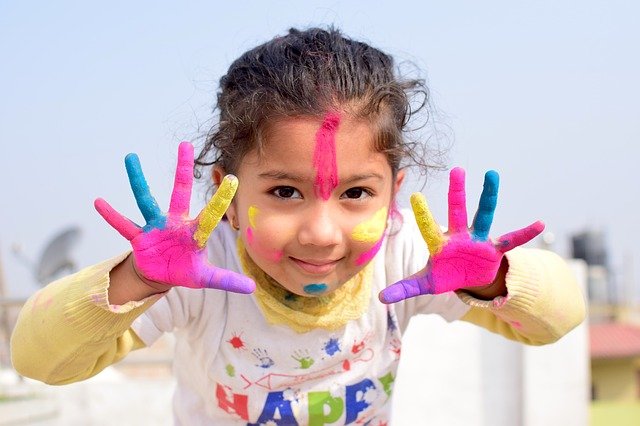
Studying and translating art can develop a doctor’s observational skills. It inspires the clinician to look beyond the main subject within the artwork. It encourages the assessment of the character’s body language in the context of the art piece.
The longer a painting is looked at, more is revealed. The complexities and dynamics within the artwork unravel themselves.
Personal biases influence the interpretation of art. This in turn can also affect how we interpret a patient’s symptoms.
As one develops their art appreciation skills, self-awareness also evolves. The doctor enhances their ability to pick up on visual cues; subsequently improving their diagnostic skills.
Art courses for medical students
The art of medicine has a place in our medical training. Several universities in the USA have started introducing humanities courses into their curriculum. Have a look at this Artsy article for more information.

Medical students, who undertake art courses, are more compassionate. They have an elevated ability to view others through a magnified lens.
Although not all medical institutions currently offer art modules, there is a free art of medicine online course available through FutureLearn. This course consists of interactive discussions and videos examining the role of art in medicine.
The healing art of medicine and the doctor
A passion for art encourages personal reflection. Evidence shows that individuals who attend art courses are calmer and more content.
Art appreciation also promotes self-care, reducing the likelihood and extent of mental health issues and burnout.
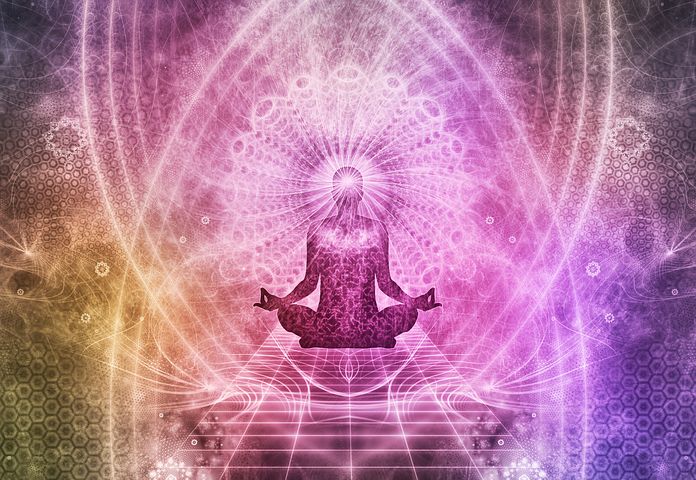
Therefore, it is clear to see that the benefits of art go beyond the visual image. Cherishing art can offer much needed spiritual “healing” for the clinician as well as the patient.
Final thoughts…
Medicine is an art form. It has historical roots in artists and their artwork.
Art and creativity utilise the right side of the human brain. Science and logical thinking are predominantly left brain functions. We can exercise the right side of our brains more, through the exploration of art.
Art appreciation establishes a calmer, more self-aware individual. An observant clinician, able to pick up on subtle cues, is created. Diagnostic skills are enhanced. A holistic, patient-orientated doctor is formed.
Art is beneficial to the patient but can also provide much needed “healing” for the clinician.
As the Bible says “Physician, heal thyself”. Doctors require good physical and mental health; in order to serve their patients well. So be kind to yourself. Immerse your mind, through deep reflection in some artwork and see where it takes you!
Check out this related article in Medic Footprints.
Shaista Sultan
Latest posts by Shaista Sultan (see all)
- The Healing Art of Medicine – a doctor’s reflection - 17th October 2021
